Paris-Roubaix Pro Insights - Advertorial
What does it take to excel rather than endure on the cobbles?
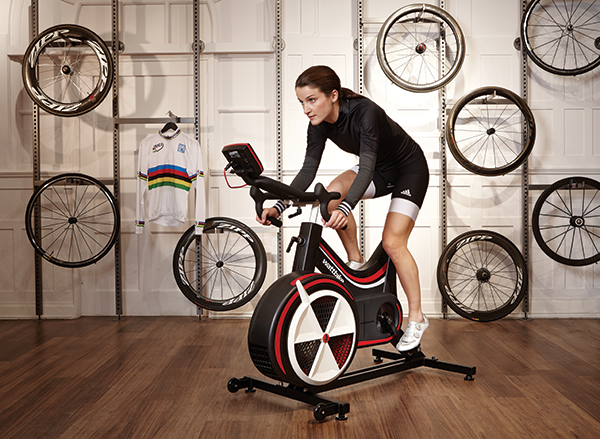
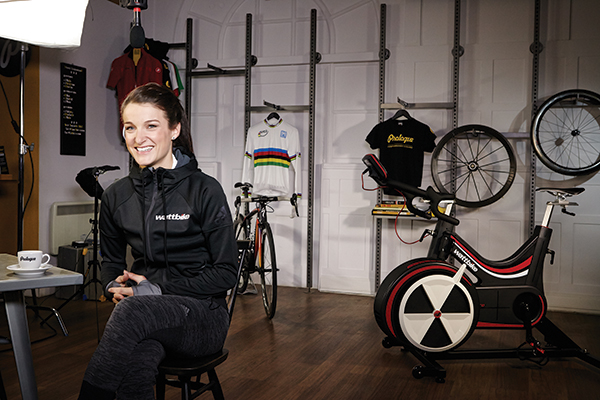
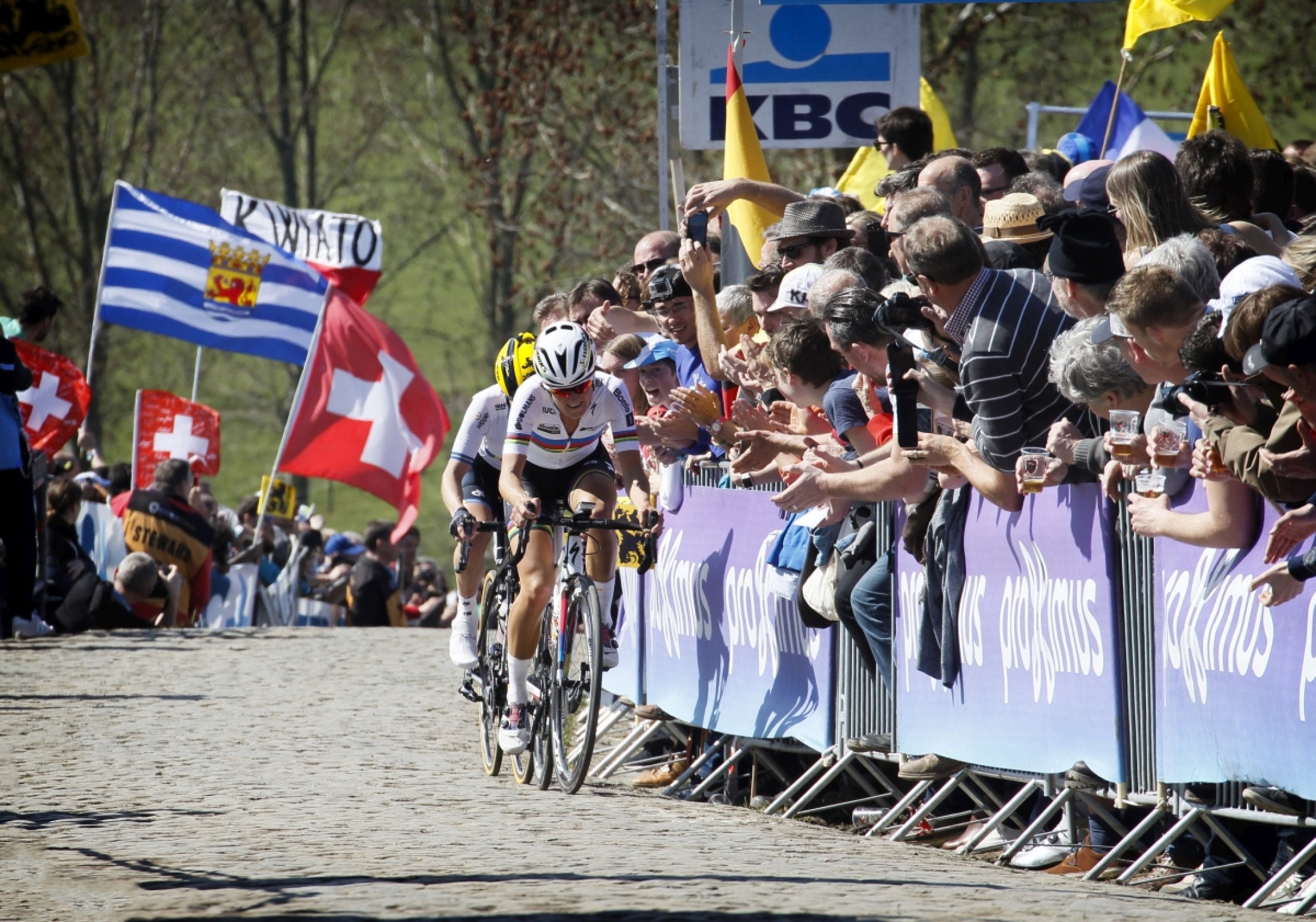
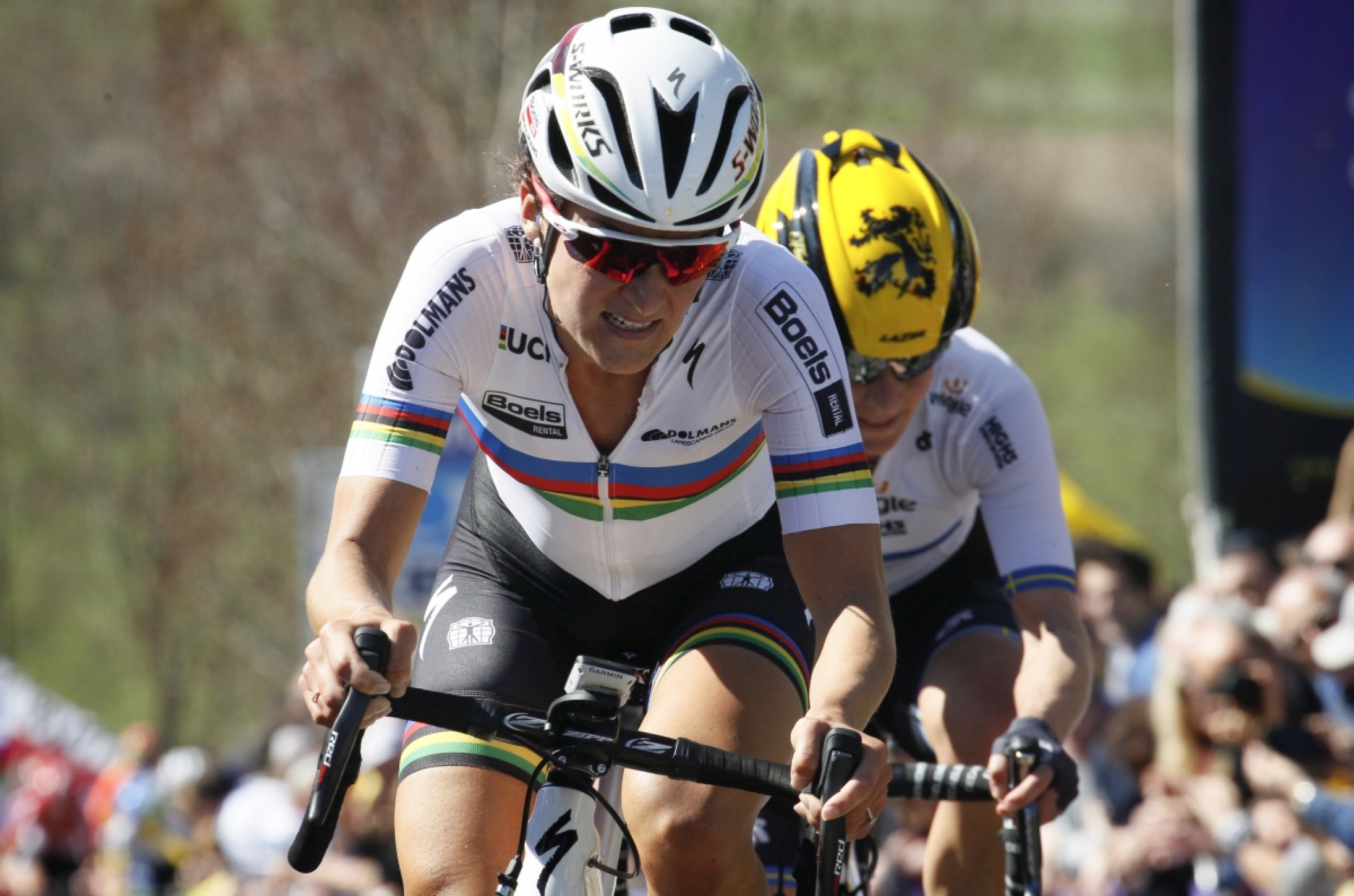
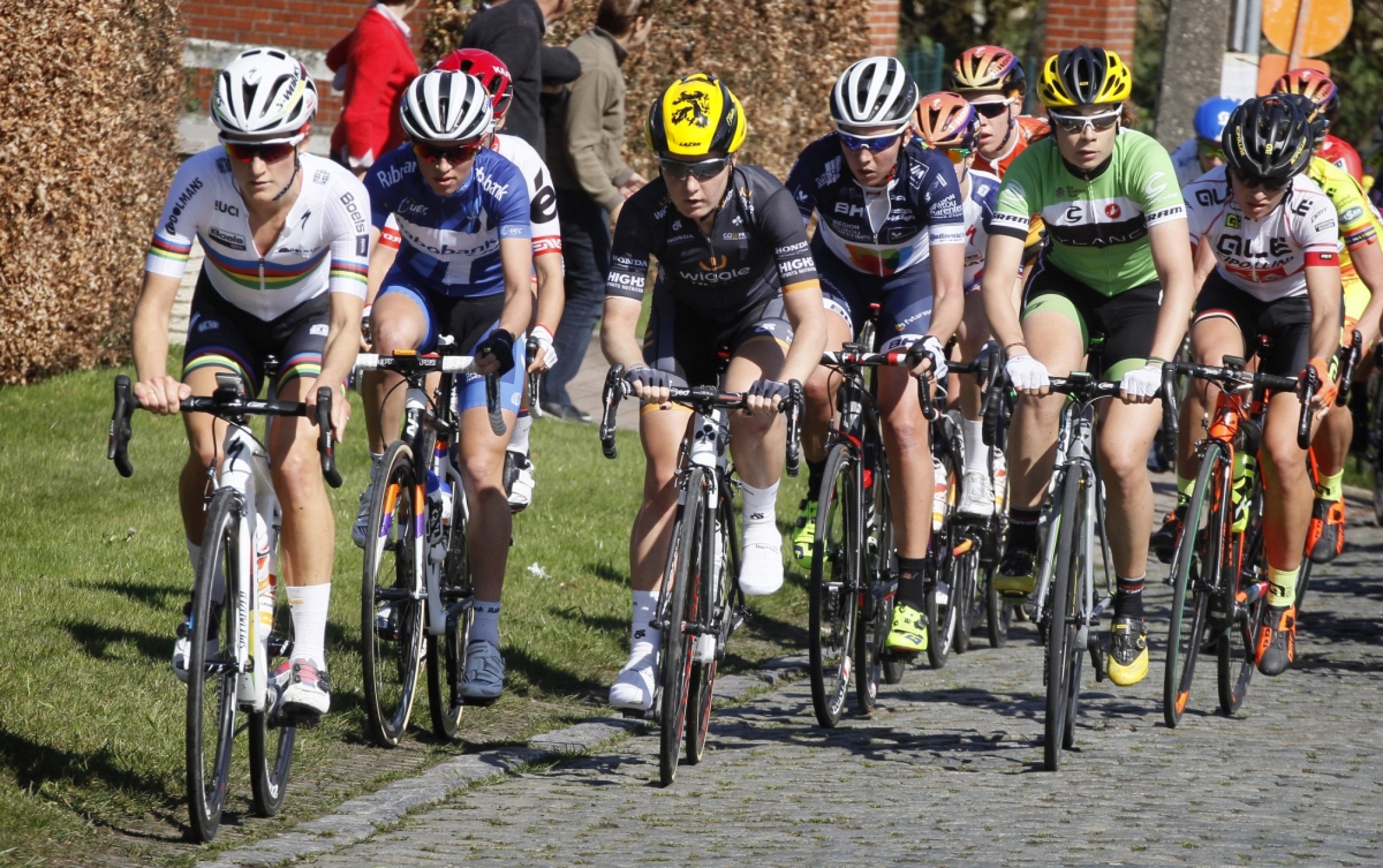
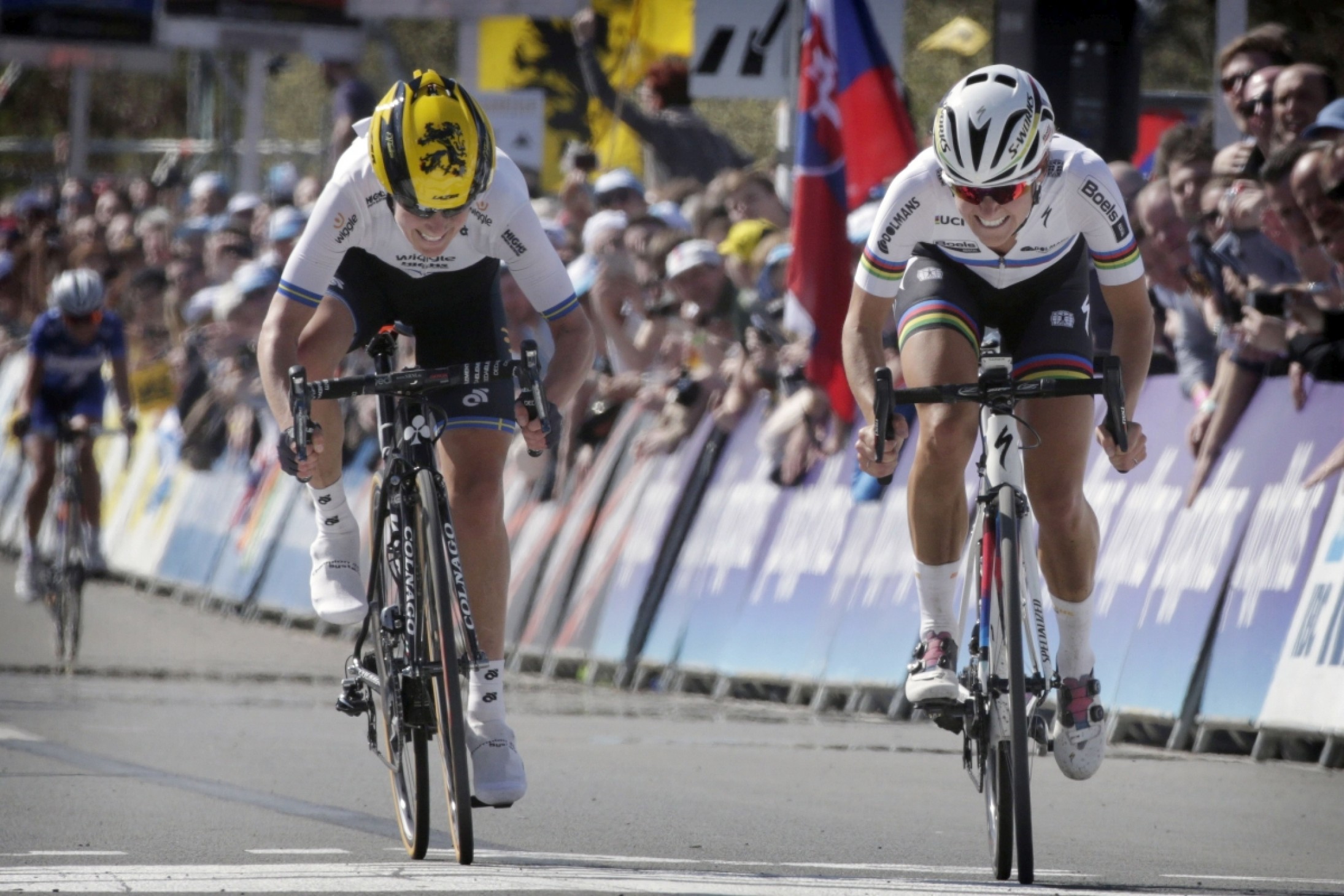
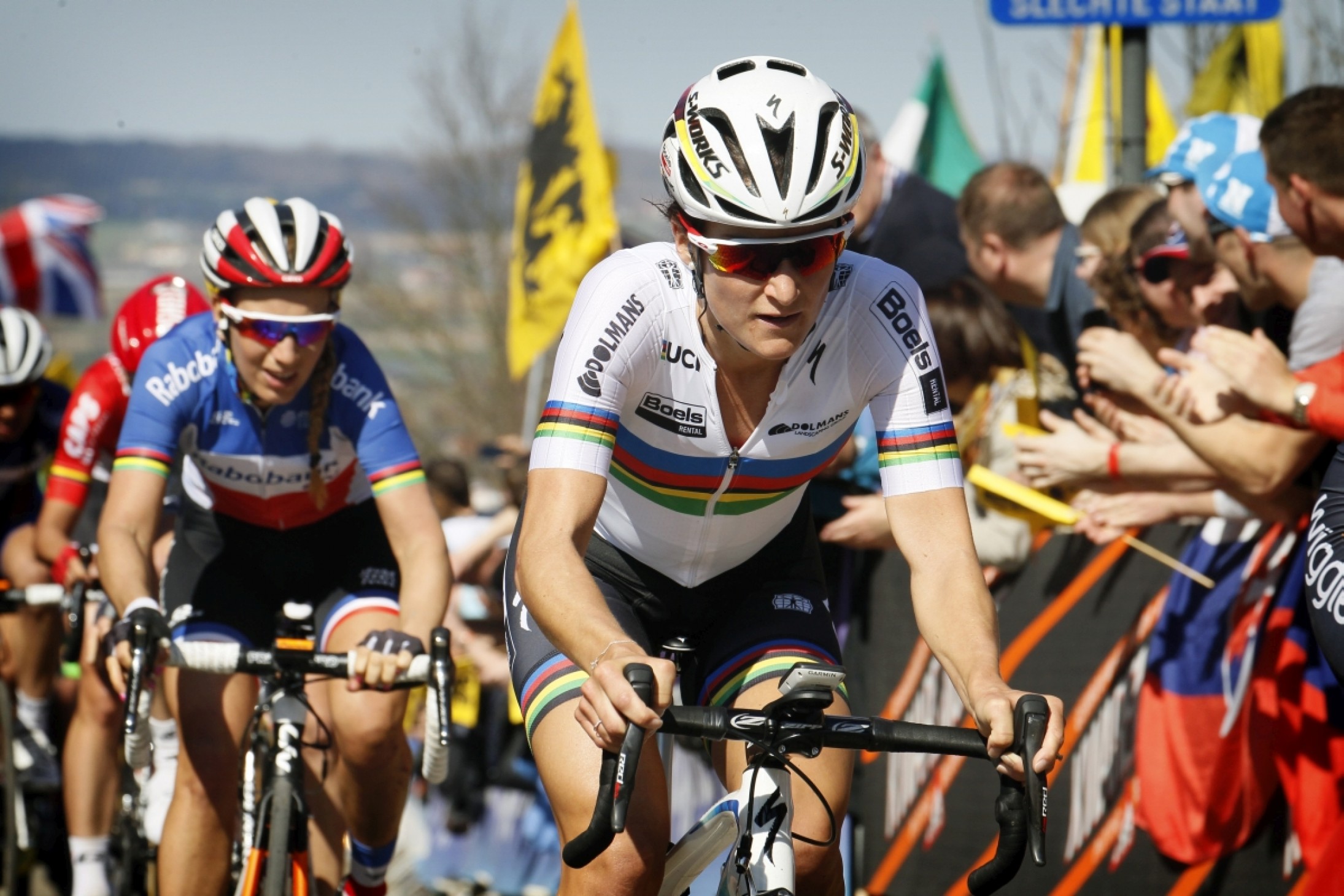
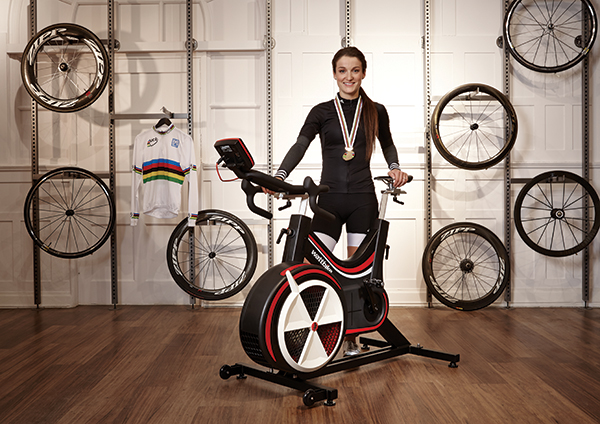
“There are a couple of important attributes that we look for in cobbled classics riders,” explains BMC ProTeam and USA Cycling elite cycling coach, Neal Henderson, “good bike handling skills, high sustained absolute power, and good endurance among the most important.”
Bike handling skills are important in being able to manage not only the cobbles themselves – which require riders to ride at speed so that wheels ‘skip’ more over the cobble tops rather than falling into each blunt edge, leaching momentum and wasting energy – but also in maintaining good position in the bunch throughout the day. “If you are constantly burning extra energy to try and stay near the front you’ll have less energy available when you really need it,” explains Henderson.
According to Henderson, absolute power is key for Paris-Roubaix: “It trumps power to weight ratio in flat land riding so most of the stronger riders at Paris-Roubaix might not have the highest watts/kg ratios for climbing they do have very high absolute power values.” But with a course length of nearly 260km, power that doesn’t last the distance is meaningless: “Overall endurance and the ability to continue to push big power 5+ hours into a race is critical,” he continues. “There’s both physical and mental aspects to that endurance as there is a lot of concentration required from the beginning of the race all the way to the end. Those who have a clear head and strong legs leading into the velodrome in Roubaix do the best.”
Riders like three-time champion Fabian Cancellara, four-time winner Tom Boonen, and 2015’s champion John Degenkolb – currently rehabbing aboard a Wattbike following January’s training accident – have all proved they have the right stuff. Other riders, such as an in-form and hungry Peter Sagan, former cyclo-cross world champion Lars Boom, Team Sky’s ever-improving Luke Rowe and Team Dimension Data’s Edvald Boasson Hagen, have more to prove but should all be involved in influencing Sunday’s result.
Henderson trains riders under his charge – including 5 finishers and one two-time U23 winner of Paris-Roubaix – with additional big gear sustained high intensity (around 2-4 minutes, well above threshold power) and single-day long endurance rides of 5 to 6 hours with mixed intensity of sprinting, VO2, threshold and tempo riding all in one training session. “The big gear intervals are helpful in developing the ability to sustain high torque throughout the day,” he explains, “I also incorporate torque specific workouts including standing start efforts – from a complete stop or very slow roll, in a relatively big gear like a 53x14 – to help develop that top-end torque and strength.”
The Wattbike, with its market leading levels of data richness, reliability and accuracy, is the perfect training tool for high intensity, high power sessions. “It offers a really realistic ride which feels like riding on the road and I know that no matter what I throw at the bike, it will be able to stand up to the demands of the high intensity sessions,” says last week’s Women’s Tour of Flander’s winner Lizzie Armitstead of honing her power on her Wattbike. “The data allows me to dial in my sessions and extract every watt; I can monitor my power outputs, train in the right zones in a controlled environment and measure my progress to ensure every session is of high quality. I don't want to leave anything to chance and I know I can rely on the Wattbike."
Beyond the physiological requirements of the race, one of the biggest factors for succeeding is to have the mental endurance to maintain focus through the entire race: “Following the process of riding one secteur at a time and executing the plan of maintaining good position in the group, saving energy when possible, ensuring optimal energy and fluid intake, and managing the stress of riding in the bunch are key aspects to succeed over the entire distance of the course,” Henderson explains. “Those who manage these factors well manage to do the best. And a little bit of good luck is always helpful.”
Get The Leadout Newsletter
The latest race content, interviews, features, reviews and expert buying guides, direct to your inbox!
Although the pavé treats heavier riders more kindly, unlike lighter riders who are more susceptible to being bullied off line and beaten up by the buffeting from beneath, climber and classic specialists alike all have to find the best technique and bike set ups to conquer the cobbles with: from running wider, higher volume clincher tyres (such as 30mm/27mm) run at lower pressures; non-standard callipers to allow for the wider tyres; double- or triple- wrapped bar tapes; secondary bar-top brake and Di2 levers for braking and gear changing on the cobbles; through to the liberal use of tape to secure power meter and computer head units; adding sandpaper to bottle cages to grip bidons more securely, and beyond. In the last few years, the trend for cyclo-cross bikes being raced now looks to be coming to an end as the relaxed geometries and cobble calming technologies of endurance bikes, such as Trek’s new Domane SLR, with its front and rear IsoSpeed decouplers, and Bianchi’s Specialissima, with its unique Countervail vibration cancelling materials technology, deliver the compliance and control that Paris-Roubaix requires.
When on each sector, riders need is to be relaxed in the upper body and ready to take on the bumps and small movements that their bikes will make underneath them without overcorrecting things. Staying relaxed and using a little bit of body English helps them ride straight and smooth on the cobbles – and minimize steering input: “Don’t try to fight the direction your bike wants to go,” says Tinkoff’s Adam Blythe, “relax your hands and let the bike find the way for you.”
“When riding the cobbles I sit further back on my saddle and rotate my hips backwards,” explains Boels Dolmans’ Armitstead of her winning technique for riding the pavé, “I also ride on the tops of my handlebars rather than in the hoods and use different tyres and tyre pressure – 6 bar/87psi or less if it is raining.” Looking ahead so you can plan your line – being completely focused on choosing the smoothest – is crucial: “Choosing the right line and the right gear is important for maintaining your momentum; once you lose your rhythm it is very hard to recover whilst still on the same section of cobbles,” she continues, “I also leave more space between me and the rider in front than I would on the road so that I can see how the cobbles are changing ahead of me – the extra space also allows me to change direction if the rider in front of crashes or has a problem.”
Riding the cobbles is all about maintaining speed and control but, as Fabian Cancellara notes, "Not many riders have won [Paris-Roubaix]; you have to stay positive and really push, harder than anyone else". Quite simply, pain at Paris-Roubaix is inescapable. But when form and luck align, riding the pavé can be magical: “I love riding the cobbles when I am in good form,” Armitstead reveals, “when you feel really strong you can go so hard that you almost don’t notice them. If you are having a bad day there is nothing harder.”
In Cancellara’s retirement year he’s already made it clear that this isn’t a lap of honour: Spartacus is aiming for his fourth Paris-Roubaix victory and who else, besides Boonen, is best equipped to take the win? Romantically, It would be a fitting swansong for the Trek-Segafredo rider: “Roubaix is one of the nicest periods of the season [as] the memories really stand out,” he has said. “It’s a unique week of riding. It’s not just about winning – it’s about history." Perhaps on Sunday he will do just that.
'For more information about the Wattbike and training with power visit wattbike.com